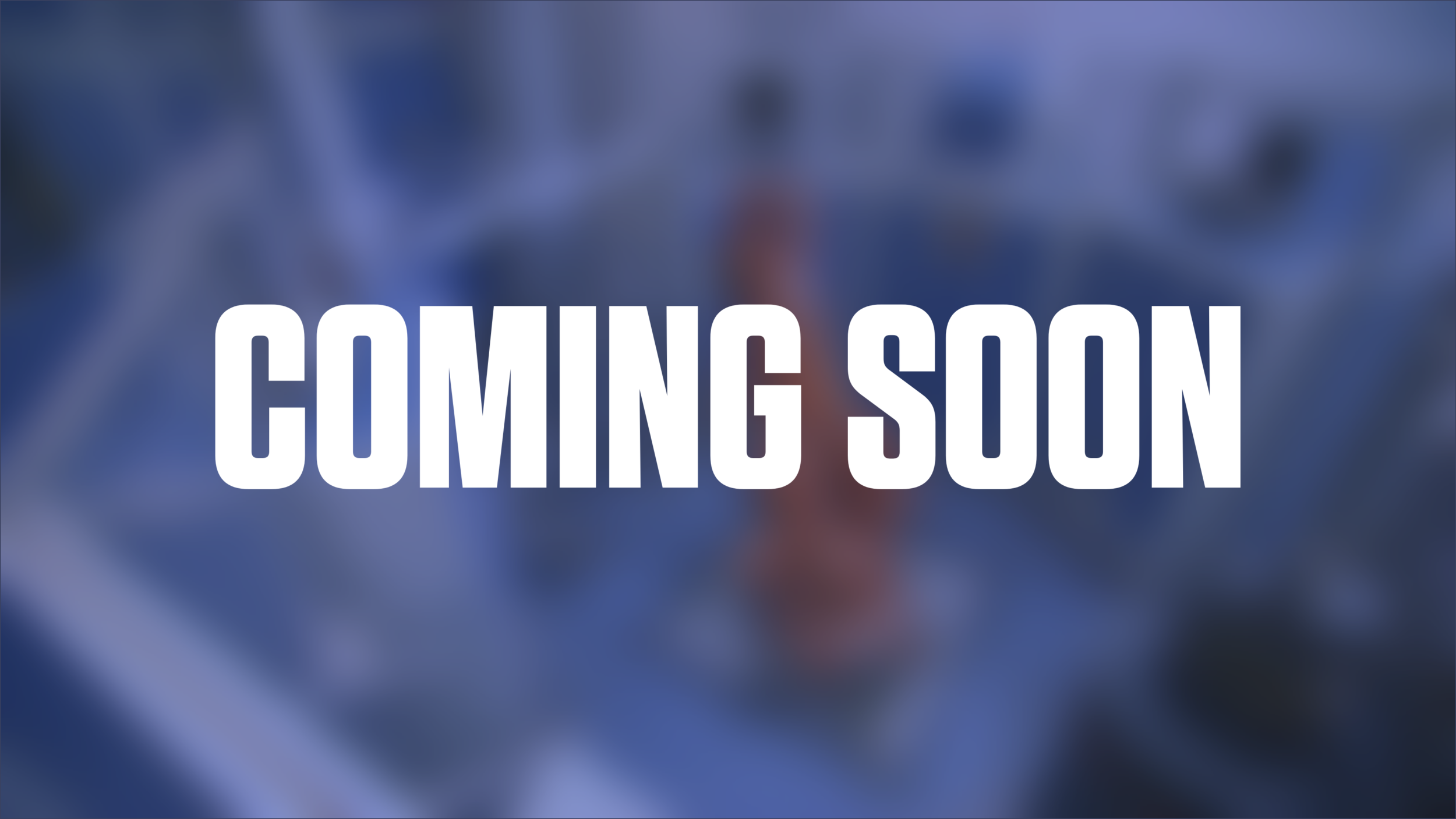Given that the majority of this year has focused on the global pandemic, it can be hard to imagine that there are still people out there who have been inventing and innovating and continuing to drive the world forward. Though much of this year has been focused on our health and safety, innovation has still managed to move forward in fantastic ways. The fields of technology, coding, aerospace, and even health have progressed into new and imaginative spaces. In no particular order, here are some of the best innovations of 2020.

WireGuard
WireGuard, by Jason A. Donenfeld, has created the safest VPN for virtual workspaces which have become much more of a necessity in 2020. The VPN (or virtual private network) is crucial to every modern workspace and provides a shared digital space for workers to interact and work collaboratively. The problem with these systems is that they can rely on hundreds of thousands of lines of code which can make security much more difficult. WireGuard streamlined the process by creating a system that relies only on 4,000 lines of code, which makes reviewing security measures and checking for weaknesses a job that can be done in a day rather than in weeks.
Nanosilver Technology
The year of the pandemic has caused new innovations to be explored in the realm of germ and bacteria prevention. For example, the company Jokari has released a line of day to day items that are infused with Nanosilver properties. Items made using Nanosilver are able to remain virtually germ and bacteria-free because silver has natural properties that suffocate bacteria cells. The line includes items like a phone pouch, a mask pouch, and a shopping cart cover- perfect for keeping some of your most essential items virus-free. Although nanosilver technology has been around for a while, it made our list of best innovations of 2020 because of it’s widespread use this year.

Perseverance
Created by the NASA Jet Propulsion Laboratory, Perseverance is a robot designed to study life on Mars. NASA is intending to investigate whether the red planet has ever hosted life and, on July 30th of this year, it was launched toward Mars and is expected to land by February of 2021. The SHERLOC spectrometer’s laser is equipped with the ability to scan rocks for tiny glints of biological molecules. This, combined with high-quality images, could allow researchers to spot traces of amino acids or lipids which would indicate life.
The XB-1
In early October of this year, a startup called Boom released plans for their XB-1 supersonic airplane. Prior to this release, supersonic travel has been limited to the very wealthy or those in the military. This piece of new technology will make supersonic flights more accessible to the public, for example traveling from New York to London in only 3.5 hours. Boom plans to fly the XB-1 for the first time in 2021.
Autoland
We’ve all seen the horror or even action movies where there is a scene on the plane, the pilot gets knocked out, and the protagonist is forced to try to land the plane themselves. That may no longer be a necessity or very real fear thanks to new Autoland technology developed this year. There is now a system in place where, with the mere push of a button, the plane can execute a successful landing on its own. It will choose an airport, fly the plane there, and lower the landing gear at the right time as it lands itself. It is even able to alert the chosen airport of the situation or kick in automatically if the pilot doesn’t interact with the system for a specific amount of time. Thus far it has been certified in three different types of planes and has completed over 1,000 test landings.

Exposure Notification System
Apple and Google, two notoriously rivaled tech companies, joined forces this year to develop a device-agnostic app called COVIDWISE. There have been many attempts to create COVID tracking technology pieces, but many of them are not privacy-friendly which disincentives them from downloading the app. This version will simply directly alert anyone that could be at risk after contact has been reported, instead of storing individual’s locations or information in a centralized database. Each step requires user consent and the system blocks other apps within the interface from accessing your personal information.
What do you think was the best innovation of 2020? What do you look forward to seeing in 2021?




